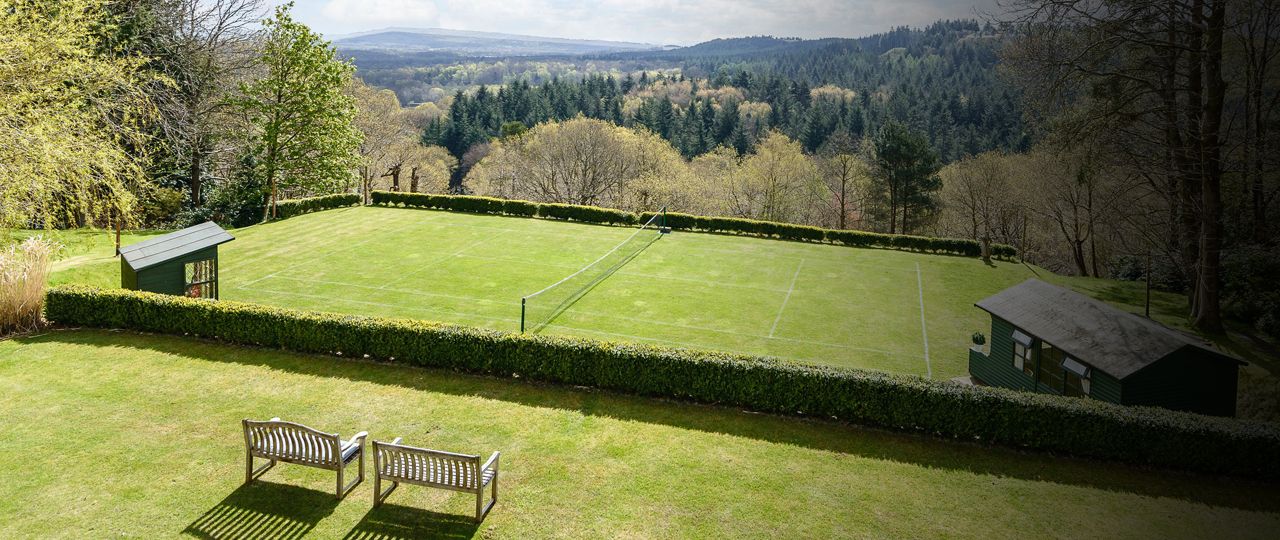
Whether it’s due to Andy Murray’s recent success or simply that as a nation we’ve always loved the game, recently there has been a growing demand for homes with their own tennis courts.
In our Housing Futures survey, we found that 17% of respondents put sporting facilities as one of the main attractions when looking for a new home.
A very British pastime
Simon Coleman, Head of Strutt & Parker Chalfont St Giles, says there’s something very British about the idea of going to the bottom of the garden with friends and playing a spot of tennis – it conjures up images of lazy summers and family fun.
“Apart from helping you keep fit, I think this social dimension really resonates with buyers,” he adds.
Homes for sale that offer tennis courts are often family houses with large gardens and so are tailored to suit these kinds of buyers – large spaces for kids to play, lots of bedrooms, open plan family kitchens, perhaps with a swimming pool too. These homes are typically being sold by empty nesters to younger families ready to take up the reins.
One recent development that ticks all these boxes is the King Edwards VII estate in Midhurst, which is planning to include tennis courts within its huge grounds.
Do they add value?
This is a tricky one to quantify in monetary terms, though a recent article in The Telegraph claims adding a tennis court could increase the value of a £2m property by £279,000 – more than 10%. In general, expect a tennis court to add around 50% of its cost to the value of the home.
And it certainly adds ‘sale-ability’, as there are few families who do not enjoy the sport, says Simon Coleman.
Though he advises that if you want to add a tennis court to your home, do so because you actually want it for the family to enjoy, rather than any kind of capital returns.
It’s also worth installing a high-quality court, as poorly made ones can easily become damaged and disused, making them a blight on the property instead of a bonus. And don’t replace the garden with a court – it should be part of the grounds, not the whole outdoor space.
Where to build it
Before building a tennis court, remember it can take up to two months to construct so it’s best to start after the last frost of winter so you’re ready for summer.
You’ll also need to consider the position of it within your grounds and whether it is dominating the garden too much.
The location of where you put your tennis court is so important – if the court is in the shade or surrounded by tall trees, the lack of sunlight will create moss that can deteriorate the surface. Choose somewhere open, away from the house and sunny on all sides if possible.
Grass courts are usually to be avoided as they’re very high maintenance. You need to regularly mow the grass, roll it to keep it flat, feed and weed the lawn to keep it in perfect condition and tackle any moss growing on it.
Artificial grass is a great option, and there are many different types to choose from. People who are keen players tend to avoid clay as it can get quite messy.
Tarmac is fine for casual players and it has the benefit of being very low maintenance, which it is why you see it in lots of country houses. All-weather surfaces are also good –all-rounders.
